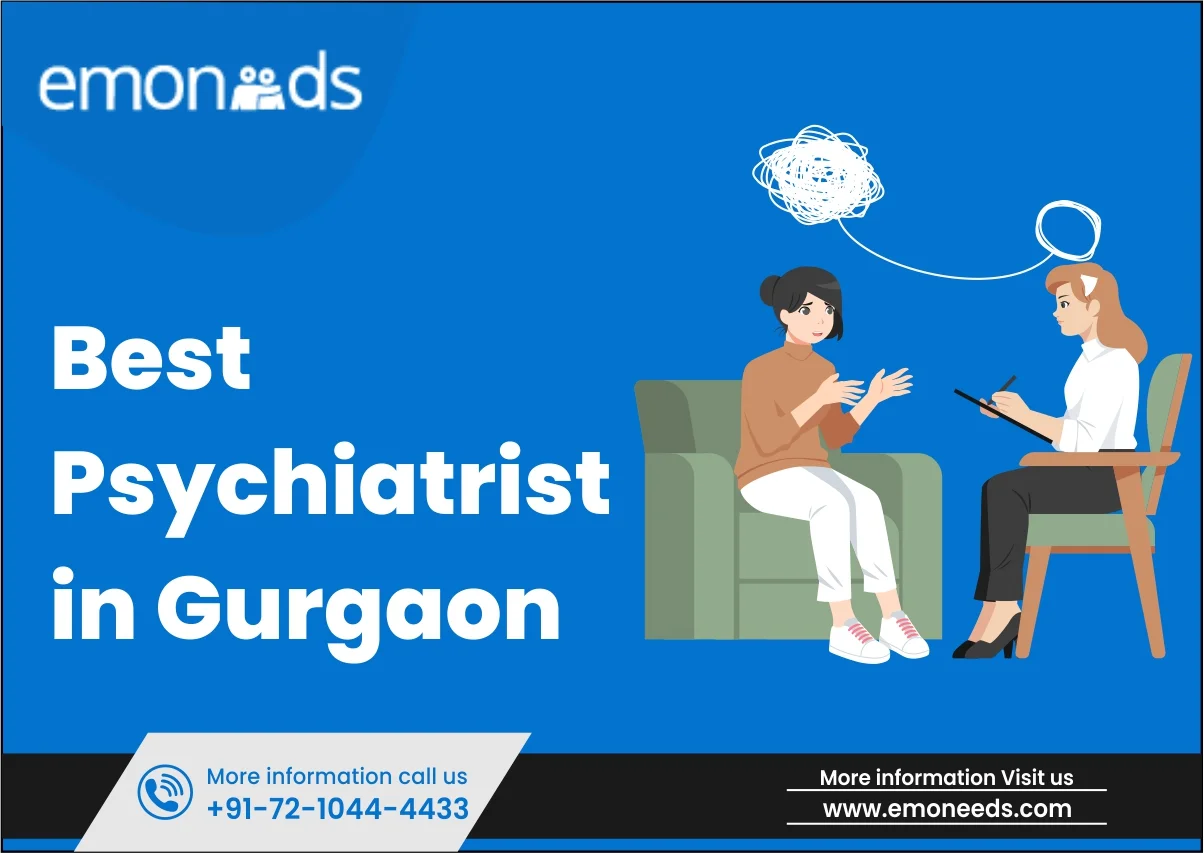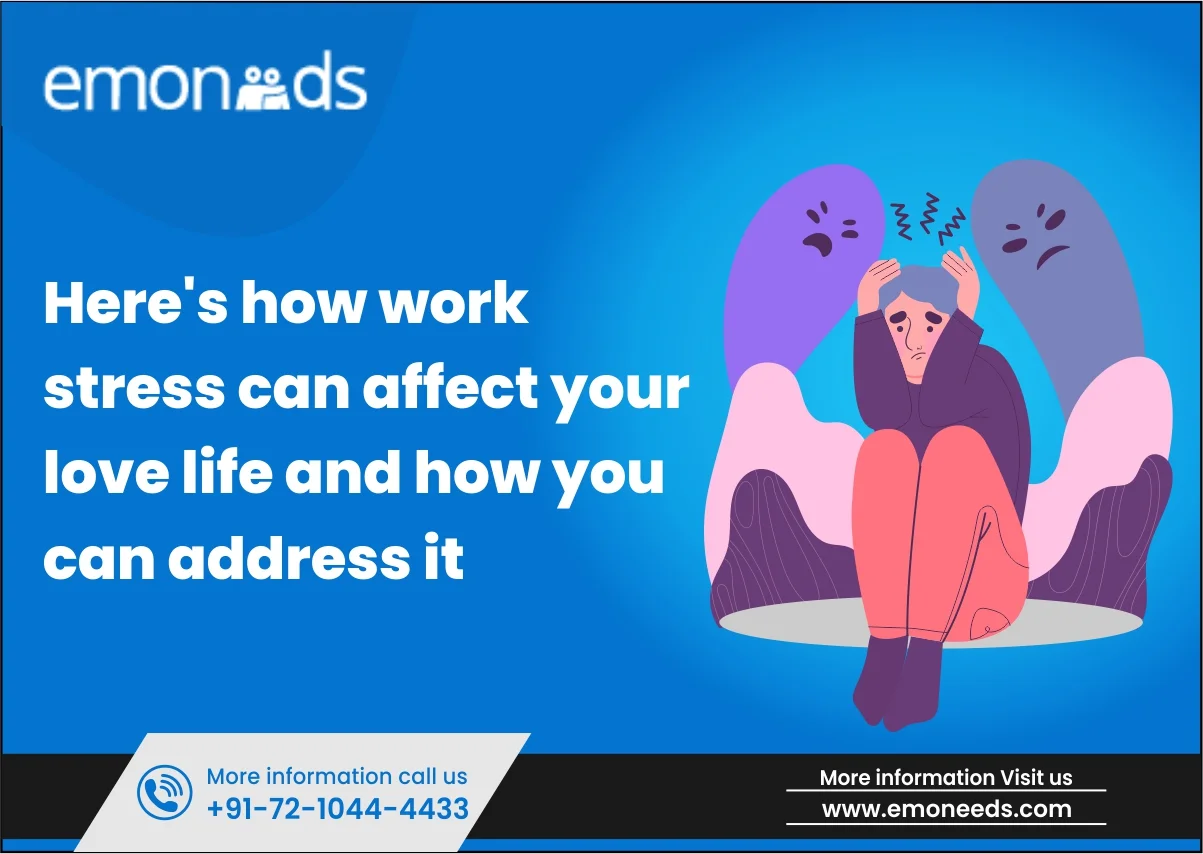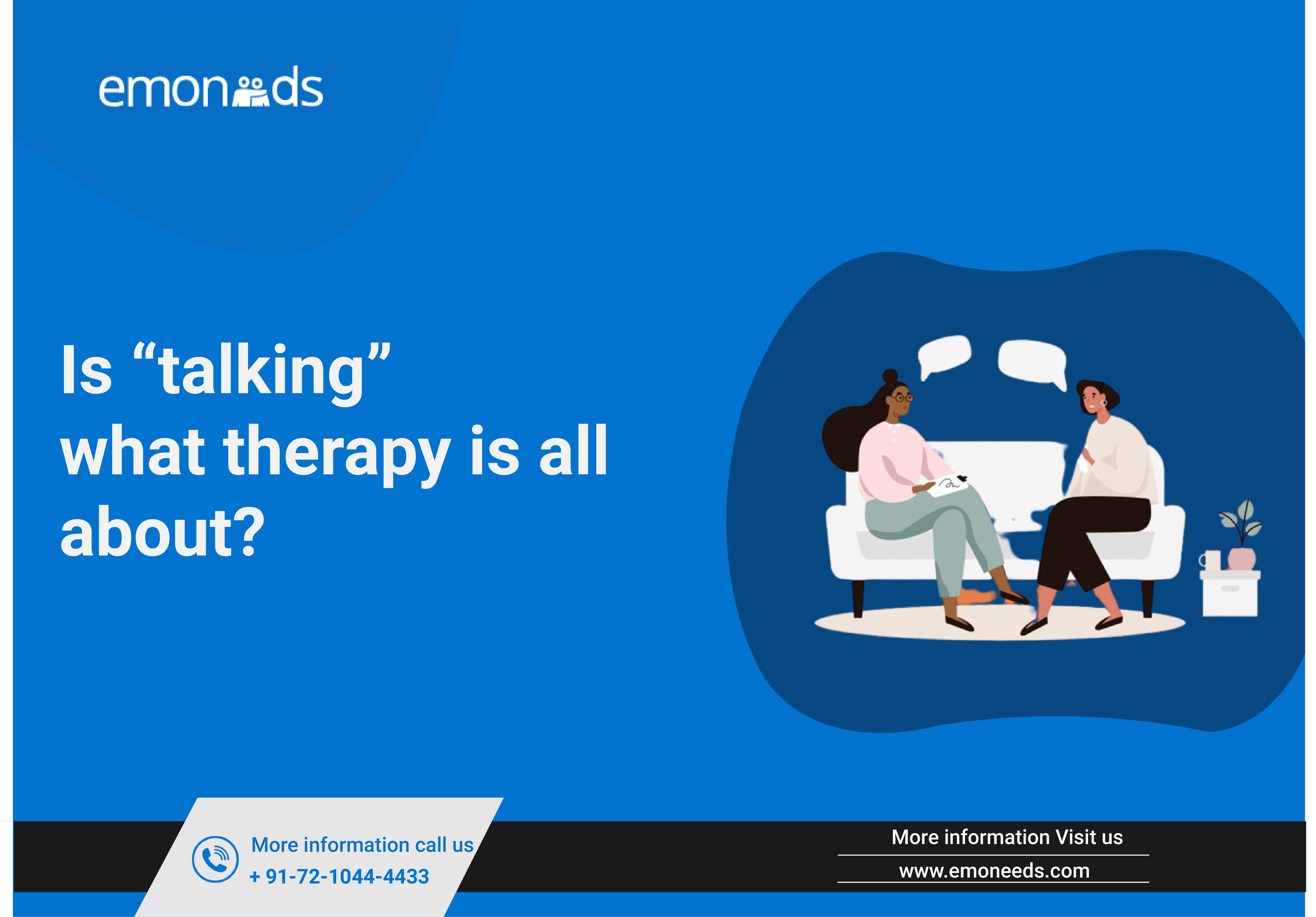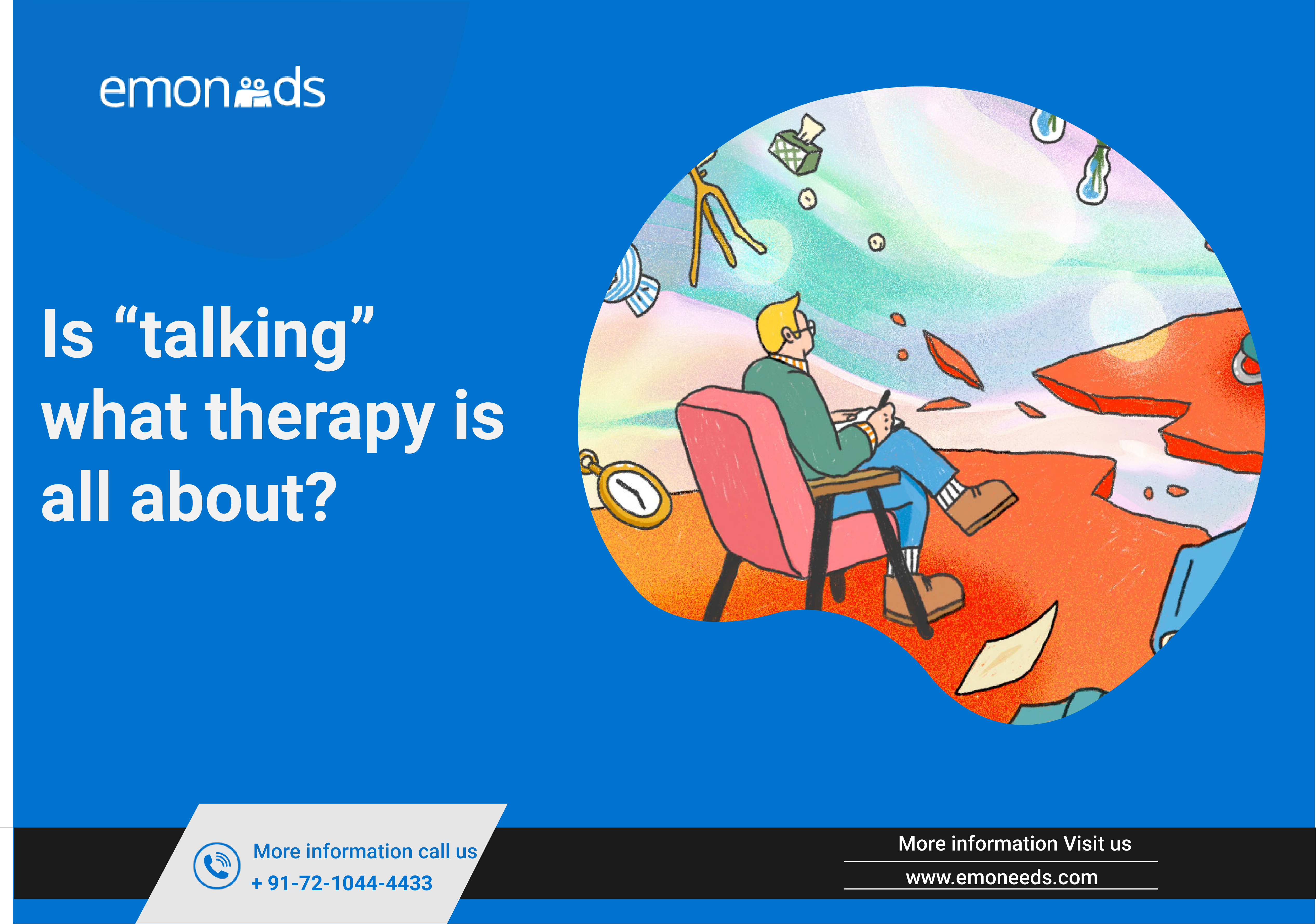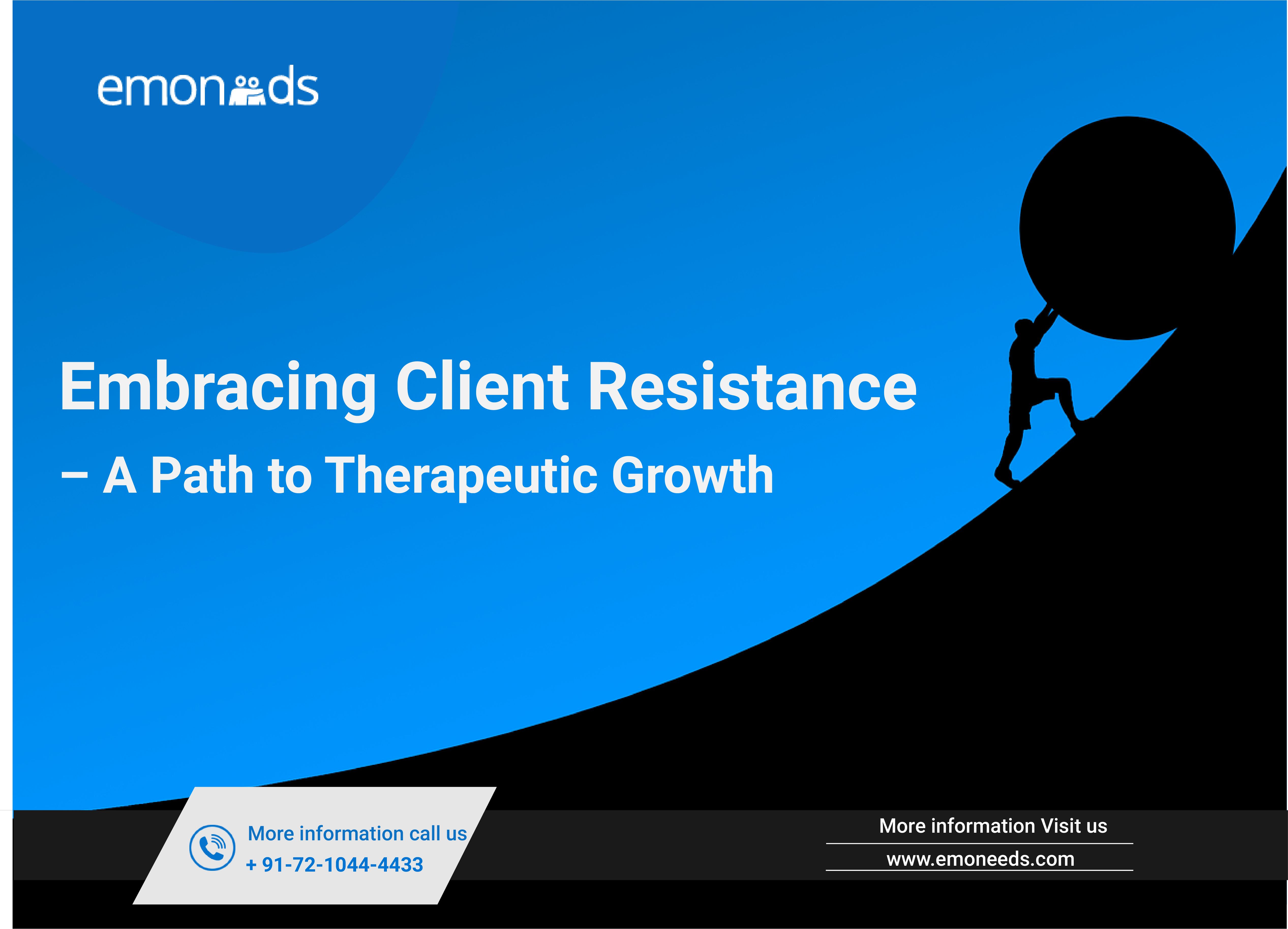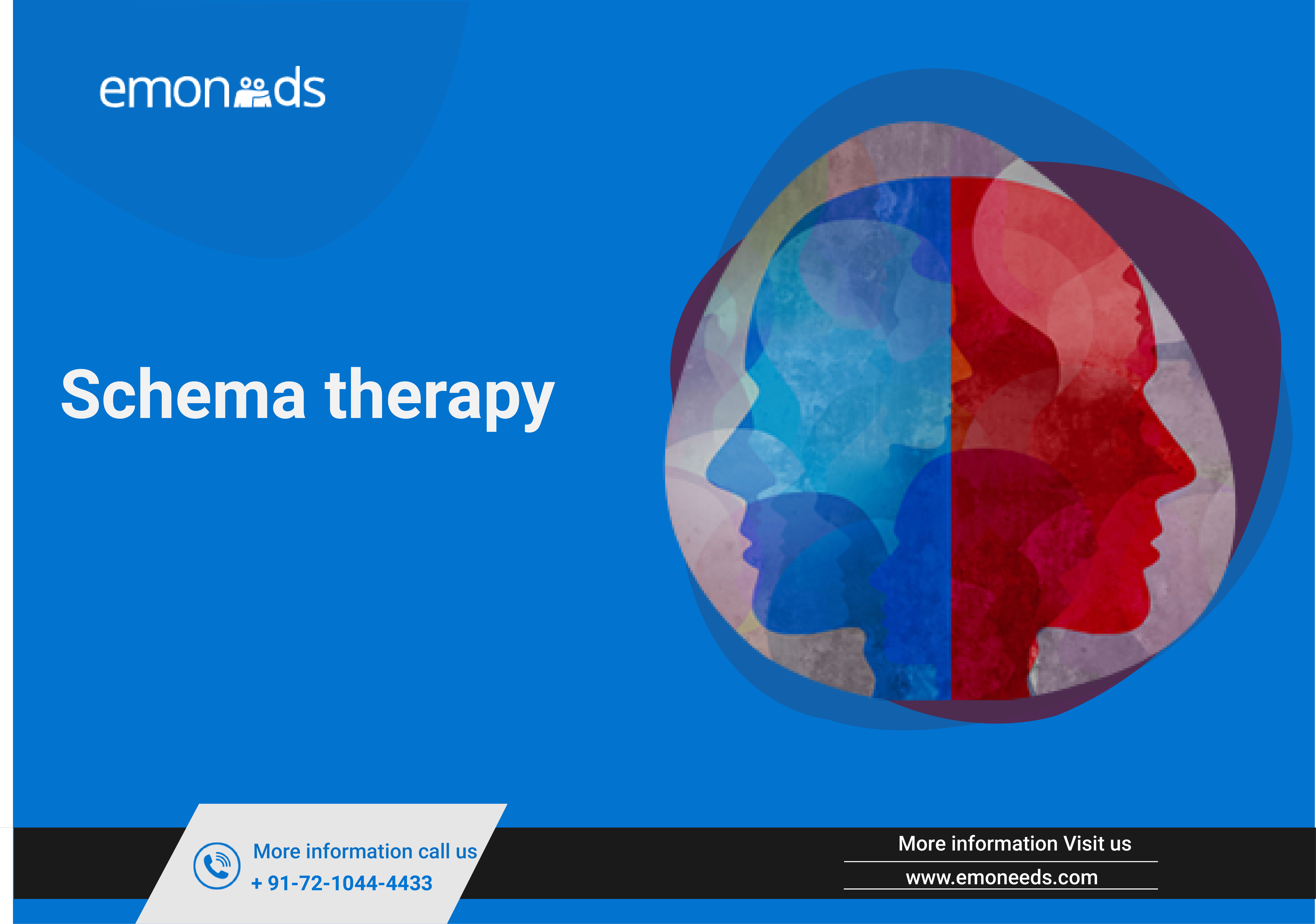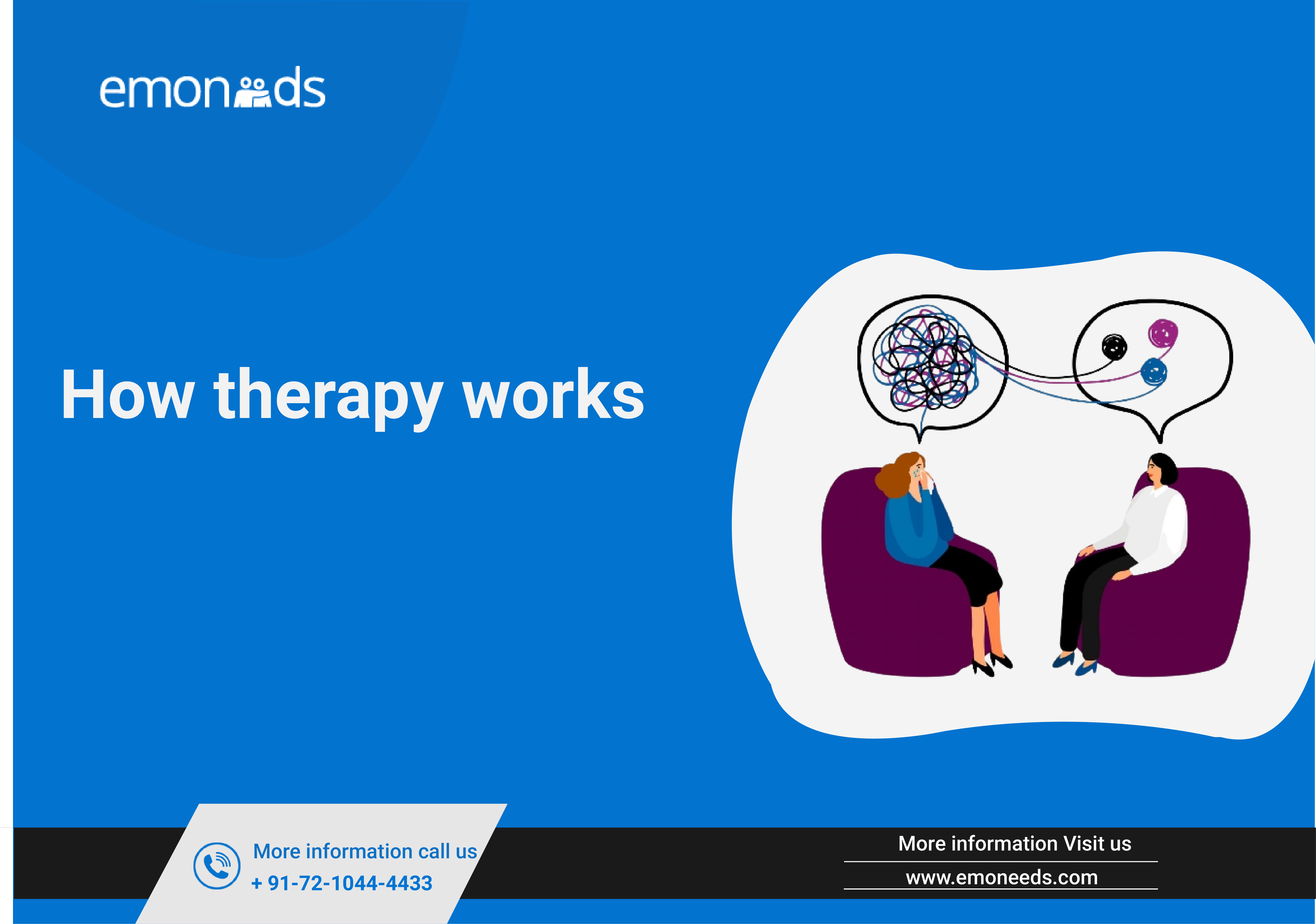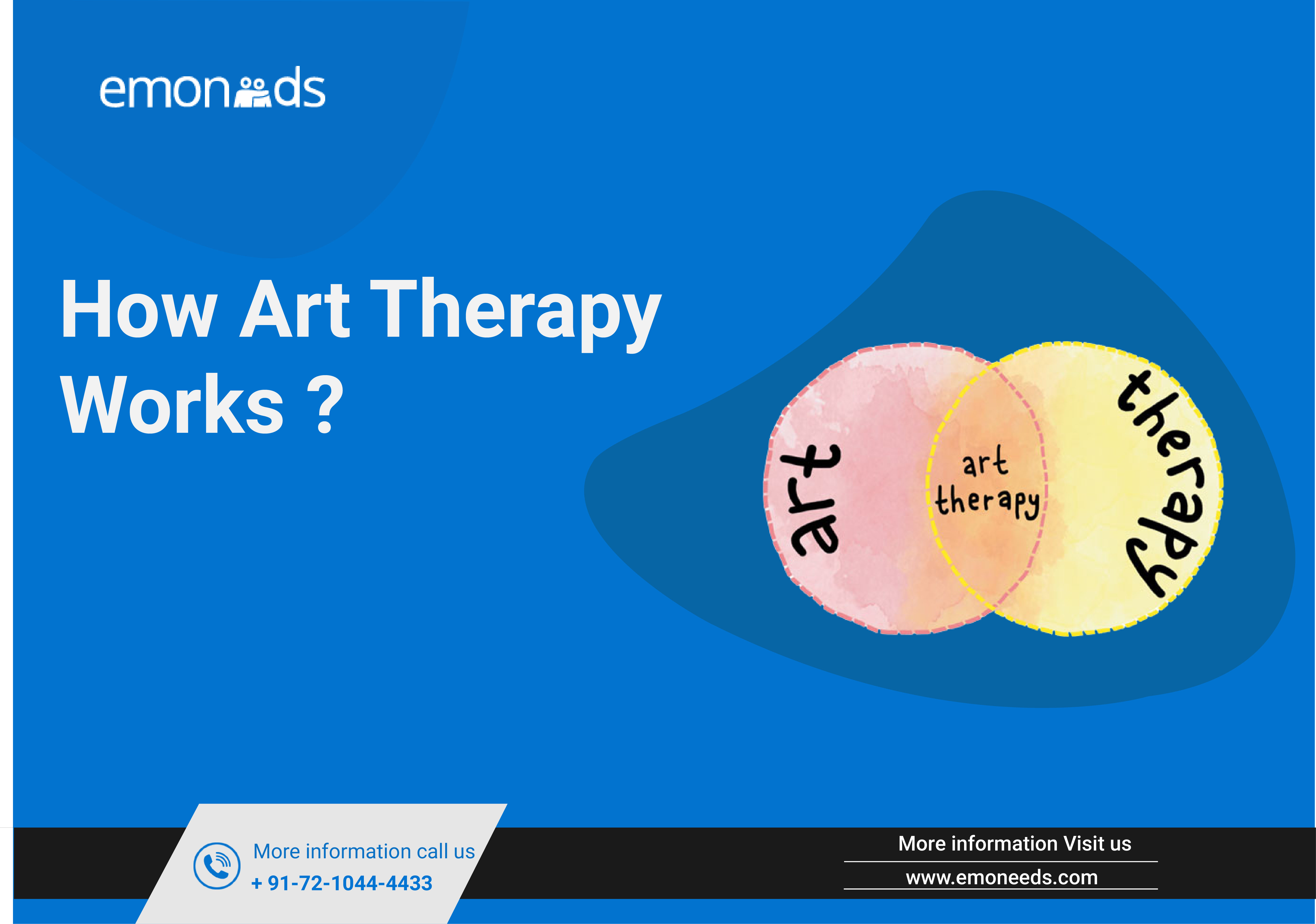
- July 22, 2023
- Saloni Kabra
- 0
Table of Contents
ToggleHow Art Therapy Works ?
Art therapy is a form of psychotherapy that utilizes creative expression as a means of communication and healing. It provides individuals with a nonverbal outlet for self-expression and exploration of emotions, thoughts, and experiences. By engaging in the artistic process, individuals can access their inner world, gain insight into their feelings, and promote personal growth and well-being. In this article, we will explore how art therapy works and its benefits in a comprehensive manner.
Art therapy involves the use of various art materials such as paints, clay, drawing tools, and collage materials. Through the act of creating art, individuals can externalize their internal experiences, thoughts, and emotions. The art becomes a visual representation of their inner world, serving as a bridge between the unconscious and conscious mind.
The art therapist creates a safe and supportive environment where individuals can freely express themselves without judgment or evaluation. The therapist establishes a therapeutic relationship built on trust and empathy, allowing the individual to feel comfortable sharing their experiences through art. This supportive atmosphere fosters self-discovery, self-acceptance, and personal empowerment.
The art-making process in therapy is focused on the individual’s unique expression rather than artistic skill or aesthetic quality. This emphasis on the process rather than the product encourages individuals to explore their feelings and thoughts without the pressure of creating something “perfect.” It liberates them from the constraints of verbal language, allowing for a deeper exploration of emotions that may be difficult to express in words alone.
Art therapy employs a variety of art directives and techniques to facilitate self-expression and exploration. These directives can range from free art-making, where individuals create whatever comes to mind, to more structured activities that target specific themes or issues. For example, a directive might involve creating a collage that represents one’s hopes and dreams or using clay to sculpt an image of a significant person in their life. The art therapist guides and supports the individual through these processes, encouraging reflection and discussion of the artwork and its meaning.
Through the act of creating art and reflecting on it, individuals gain insights into their own experiences and emotions. Art becomes a form of communication, allowing them to express and process difficult emotions, traumas, or conflicts that may be difficult to verbalize directly. The artwork serves as a mirror, reflecting their inner experiences and enabling them to gain a new perspective on their challenges.
Art therapy can be particularly beneficial for individuals who struggle with verbal expression, such as children, individuals with developmental disabilities, or those experiencing trauma or psychological distress. It provides an alternative mode of communication that bypasses the limitations of traditional talk therapy. By engaging in art-making, individuals can access and work through emotions and experiences that may be deeply buried or unconscious.
The therapeutic benefits of art therapy are numerous. It can enhance self-awareness, self-esteem, and self-acceptance by providing individuals with a tangible representation of their inner experiences. It can facilitate emotional release, stress reduction, and relaxation. Art therapy can also improve problem-solving skills, promote emotional resilience, and foster personal growth and transformation.
In conclusion, art therapy harnesses the power of creative expression to facilitate healing and personal growth. Through the act of creating art and reflecting on it, individuals can access their inner world, gain insight into their experiences, and process difficult emotions. Art therapy provides a safe and supportive space for self-expression, offering an alternative mode of communication for those who struggle with verbal expression. Its therapeutic benefits are far-reaching, impacting various aspects of an individual’s well-being. By integrating art and psychology, art therapy offers a unique and effective approach to promoting mental health and facilitating personal transformation.
